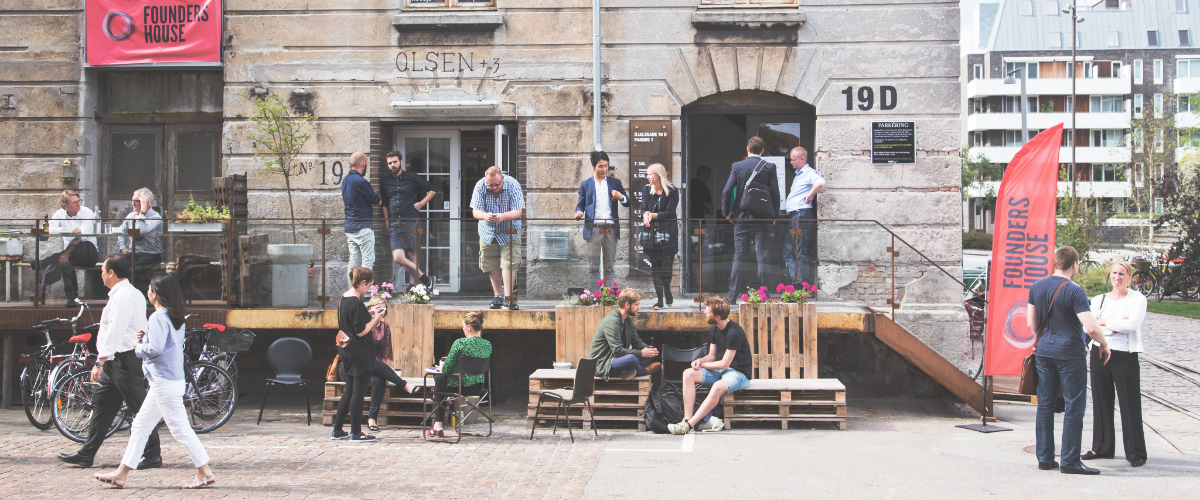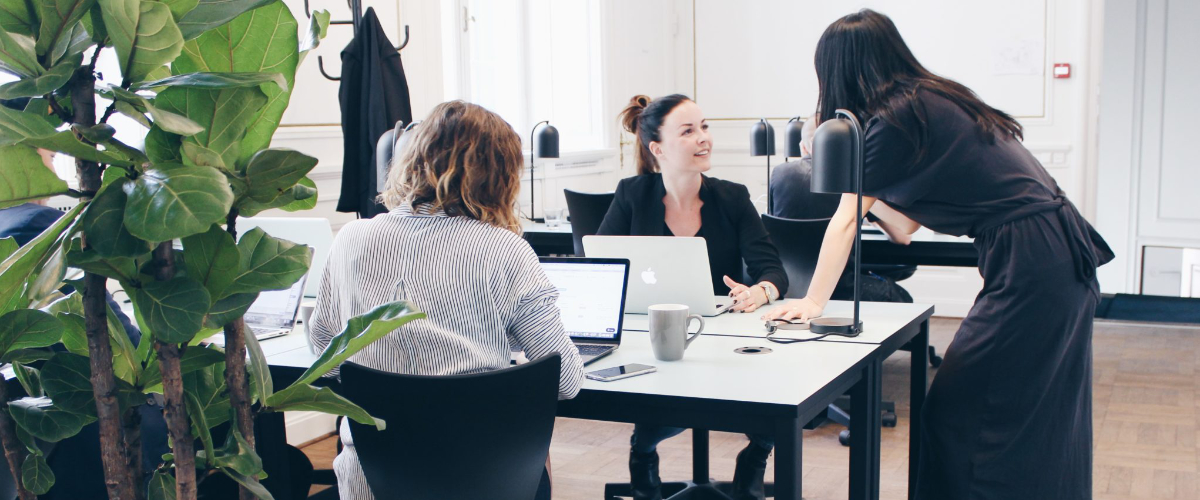Scaling Without Losing Your Soul

Kasper Smidt is the Commercial Director at The Creators Community, the parent organization of multiple successful coworking spaces in Scandinavia. Their brand currently includes four locations, two in Copenhagen and two in Norway.
Kasper and I met at the Coworking Summit 2018 in Copenhagen where he sat on an expert panel on scaling coworking spaces. He is a natural numbers guy but also extremely optimistic, which gives him an incredible advantage when it comes to balancing the finances of coworking with the soul of the community.
Kasper initially entered the coworking world as a startup founder and joined The Founders House as a member. While his startup didn't work out, he did end up taking on the role of COO at The Founders House. One year later, the CEO at The Founders House went on maternity leave, and Kasper took over the position. He worked hard to make massive improvements to the space's finances. So much so that, when the CEO returned from leave, Founders House merged with MESH and The Creators Community was born, at which point Kasper settled into the role of General Manager of The Founders House. A year later, Kasper became the Commercial Director of the holding company, The Creators Community.
In this interview, Kasper and I discuss the scaling of flexible workspaces without losing the soul of the space.
Stay Laser Focused on Your Core Business
Kasper believes that making a coworking space successful is all about focusing on your core business model.
"Focus on what you do; on your core business," Kasper told me. "Don't start creating tons of different revenue channels that have nothing to do with your core business. We could go out and sell dry cleaning. We could sell dentistry, yoga, or massage, but that's not a part of our core business. That could be a service to our sites at some point if the need is there, but for now we are laser-laser focused."
It can be easy to go out and sell all kinds of additional services, especially if one or a few members are asking for them. But adding new revenue channels take extra management focus and increases administration time. Often, creating additional services will distract you from what you are trying to build.
However, if you are thinking about the additional services that you could offer, we covered this in “Scale-up Your Workspace with New Services.”
A Clever Way to Handle “Tourists”
Almost all coworking spaces, especially the big ones, get constant requests from organizations who would like to tour the space with a delegation, and learn about coworking and flexible workspaces. At first, it's flattering, but it quickly becomes a massive time drain.
Kasper, too, used to do these tours for free, and he justified it for branding purposes. However, he and his team found that it took a lot of resources to honor these requests.
So, they came up with a solution. Instead of casually offering free tours to delegations, they provided them for a fee of 1,500 USD. What's more, they decided to improve the tour experience, plus add in a Q&A session at the end.
Now, these “tourists” have become clients, and they are happier because, since they’re paying for the privilege of a tour, they expect and get something better in return.
At each workspace site, the teams do up to three tours per month, from which all the fees are pure profit, which is a great additional revenue stream for any coworking space.
That money is used on the community by helping to pay for events or improving the space.
That's not to say The Creators Community only does tours for profit now. They continue to offer tours for free if there's some mutual alignment on a project or partnership. They also provide a 50% discount to nonprofits and universities.
Never Make Money From Startups
Don’t go into the coworking market with the intention of making money solely from startups. Kasper emphasizes that the intention should be to build something incredible that startups will need and use. If you do that, additional revenue channels will emerge.

That’s why The Creators Community is heavily involved in developing the startup ecosystem in Copenhagen, both privately and politically.
“Helping startups gives us zero value money-wise,” Kasper said, “but we do it because we want to build something meaningful.”
Instead of trying to make money from startups, The Creators Community makes money from their cafés and events, as well as from corporations and VCs. “This is a win-win situation,” Kasper explained, “because those organizations have money and also want to be part of the community.”
The Iceberg Model
It's hard to copy and paste the type of community that was built at The Founders House to other locations. For example, Matrikel1 is primarily comprised of private offices with an entirely different vibe than The Founders House. So, naturally, the communities are very different. And I wondered how it was possible to serve such varying communities under one banner.

Kasper explained his solution, the iceberg model.
“On top of the iceberg, is everything we see, ” Kasper explained. “Different interior, different sentiment, different price modeling, and maybe a little bit different services. But underneath, everything is the same; same engine, same finances, same processes, the same way we onboard people, the same way we do stuff."
The team is focused on building a super-lean machine that can grow and scale, but on top, they are allowed to be different for each city, crowd, and segment.
Bigger is Better - Advice for Surviving & Scaling
Kasper says that the breaking point for a coworking or flexible workspace is three years. If a coworking space hasn’t figured out how to make money in three years, most of them go bankrupt. That’s why it’s critically important to create a healthy business model in those first three years.
What’s more, Kasper’s team has found that scalable coworking spaces start to make sense at 1,000 m². The reasoning is that the communal areas of a coworking space don’t expand from 1000–1500 m². Which means within that range any extra space above 1,000 m² goes to sellable desk and office space, instead of amenities like conference rooms, kitchens, and lounges.
Kasper also feels that approximately the same size of staff is needed for 1,000–5,000 m². In other words, while additional staff may be required, the space can scale faster than the need for additional team members.
"You might not think it makes sense to think so big," Kasper added, "and that it's a big risk, but for us, it's a bigger risk to go small."
---
I hope you enjoyed our talk with Kasper Smidt. His insights into scaling the right way, brand-building, and coworking operations are second to few others. We’re looking forward to watching the growth of The Creators Community as they scale across the Nordics.
Oh, and if you get a chance to visit Copenhagen, make sure to stop by and visit the beautiful Matrikel1.
Never miss a beat!
Want to see it in action?
Marketing Director, founder at Coworking Insights, coworking maven, digital nomad, lover of wine & tacos.



